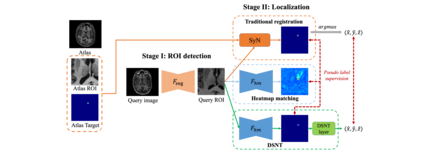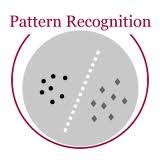Epilepsy is the fourth most common neurological disorder and affects people of all ages worldwide. Deep Brain Stimulation (DBS) has emerged as an alternative treatment option when anti-epileptic drugs or resective surgery cannot lead to satisfactory outcomes. To facilitate the planning of the procedure and for its standardization, it is desirable to develop an algorithm to automatically localize the DBS stimulation target, i.e., Anterior Nucleus of Thalamus (ANT), which is a challenging target to plan. In this work, we perform an extensive comparative study by benchmarking various localization methods for ANT-DBS. Specifically, the methods involved in this study include traditional registration method and deep-learning-based methods including heatmap matching and differentiable spatial to numerical transform (DSNT). Our experimental results show that the deep-learning (DL)-based localization methods that are trained with pseudo labels can achieve a performance that is comparable to the inter-rater and intra-rater variability and that they are orders of magnitude faster than traditional methods.
翻译:深度脑刺激(DBS)是全球第四大常见神经紊乱症,影响到所有年龄段的人。当抗癫痫药物或切除手术不能产生令人满意的结果时,深脑刺激(DBS)作为一种替代治疗方案已经出现。为了便利程序规划和标准化,有必要开发一种算法,自动将DBS刺激目标,即塔拉穆斯的Anothere Nucleus(ANT)本地化目标(AT)定位,这是一个具有挑战性的目标。在这项工作中,我们通过为ANT-DBS确定各种本地化方法的基准,进行了广泛的比较研究。具体地说,本研究涉及的方法包括传统的注册方法和基于深学习的方法,包括热映匹配和从空间到数字变异(DSNT)。我们的实验结果表明,经过假标签培训的基于深学习(DL)本地化方法能够取得一种与国家间和区域内变异性相当的性能,而且其规模比传统方法要快。







